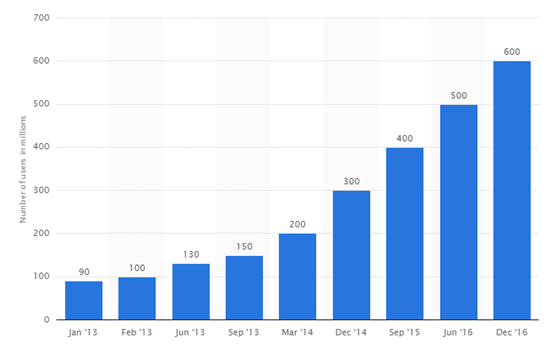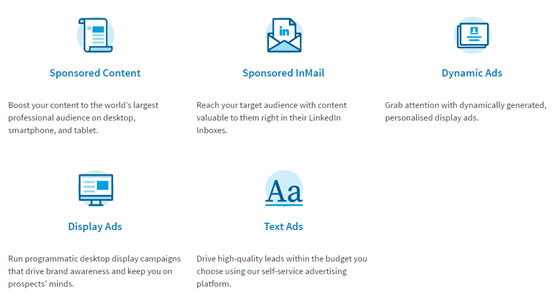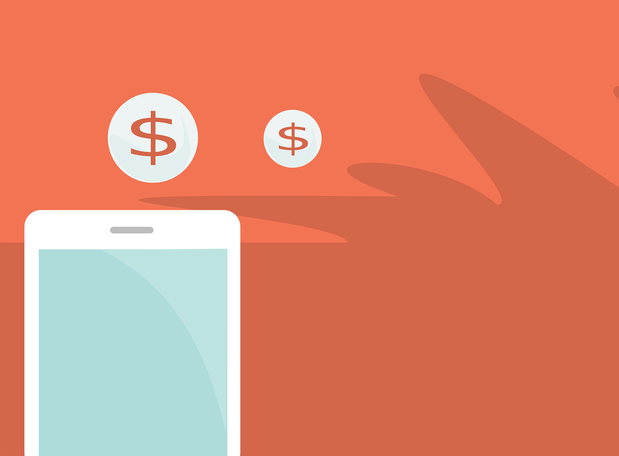Source: http://www.businessofapps.com/data/app-statistics/
- A powerful, intuitive website
- Influencers, brand ambassadors, reviewers
- Investment in paid advertisement
But now with the advent and reach of social media, attracting new customers or users has become easier. You can promote your mobile app by using both, free and paid tactics. Let’s take a look at some social media apps that are commonly used by the users of this day and age and how you can promote your apps:
Facebook Groups and Messenger
Facebook ads are a great way to advertise your app. However, if you don’t wish to spend to promote these apps, you can also post about your app on organic groups to rapidly build your audience. You can check a case study on Bruce Dally, a man selling drone parts who got 1000 orders in 6 months by being a part of Facebook Groups and a loyalty program. Eventually his product was so good that the consumers started advertising his product for free.
Case Study Source: http://www.rewardcamp.com/case-study-using-rewards-and-facebook-groups-to-get-1000-orders-in-first-year/
Snapchat
Geofilters is one of Snapchat’s best and cheapest ways of promoting the app. It is the best way to target a young crowd. You could find Snapchat’s on-demand custom geo-filters a little expensive but they are still cheaper than other forms of advertising. Another way to showcase your product on Snapchat is by playing your ad between Snapchat stories. You can also grow your own following but that doesn’t work for short term campaigns.
Instagram’s user base has a consistently growth since the past 4 years.
Instagram offers three kinds of ad options:
- Picture ads
- Video ads
- Carousel ads
According Lucas Miller, “Influencer marketing is another option you can explore on Instagram. The platform’s engagement rate is 58x that of Facebook and 210x that of Twitter while 84% of users will take action based on opinions of others. Brands have also seen ROIs of up to 6.5x with influencer marketing.”
Source: http://www.jeffbullas.com/get-amazing-results-instagram-influencer-marketing/
Twitter
Twitter is another great source to advertise your app via social media. If you add your mobile app link to Twitter, it automatically creates an app card for your app:
LinkedIn
With more than 450 million followers on LinkedIn, the suggested way is to take an organic route to build your company following, engage your target market and getting active in groups. There are different types of LinkedIn marketing options:
Remember:
Promote your mobile apps and games with a powerful trailer
A trailer should be exciting and energetic to draw in the audience. It should include a call-to-action either in the video or in the content of the post. Share the video on all social media sites. Use paid tactics if necessary.
Use content marketing and reach out to influencers, blogs and publications
Content marketing especially creating the right captions is very effective to increase your app downloads. Use influencers to share your content and encourage your daily users to do so too. Include a clear actions such as download now or download here or Like or Share. You can go a little crazy with your content, people like unexpected and memorable content on social media.
Be consistent with social media marketing
Build a fan base and keep engaging and reengaging with them. You need to post updates regularly.
Define your social media voice and build a fan base
Facebook, Twitter, YouTube, Instagram, Snapchat and even LinkedIn are some of the best social media sites to update your content. But don’t limit yourself to that; the idea is to build a fan base by creating conversations and relationships. When someone comments on an update, photo or video, jump into the conversation and offer your two pieces of advice. Offer small incentives, hold weekly contests; it’s the best way to draw attention and build royalty.





